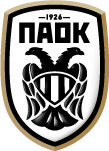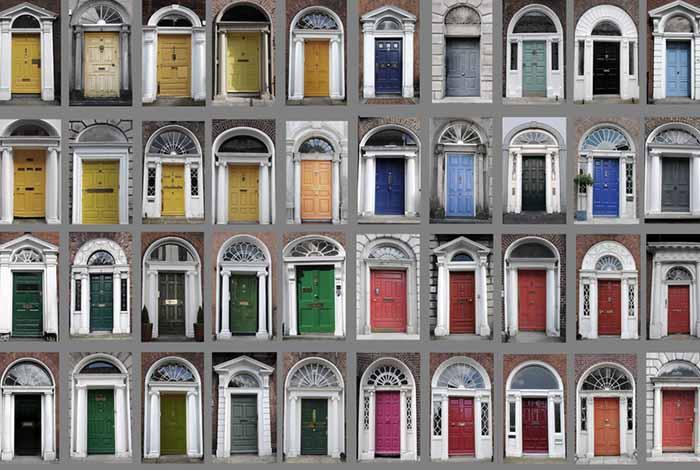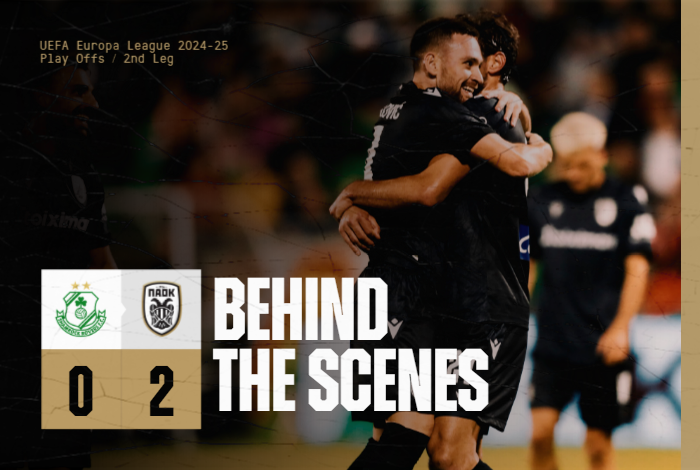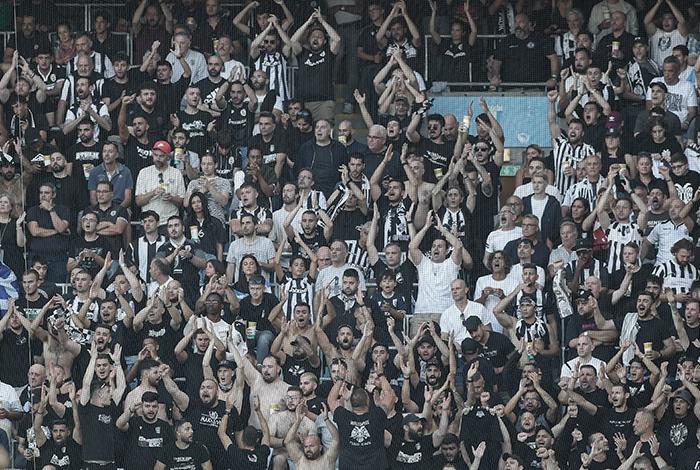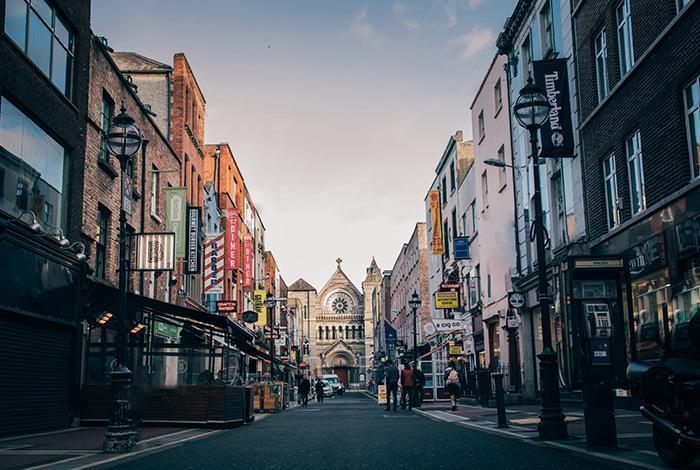Dubliners for 72 hours
A city with a huge reputation, a long history, and an aronous and impressive legacy of diversity with a renewed multicultural character, Dublin is a destination that should not be overlooked.
The capital of Ireland, home to Oscar Wilde and James Joyce, U2, Samuel Beckett and George Bernard Shaw, could only be nothing less than an extremely interesting city, traditional and revolutionary at the same time, with a medieval aura but with a modern feel.
History
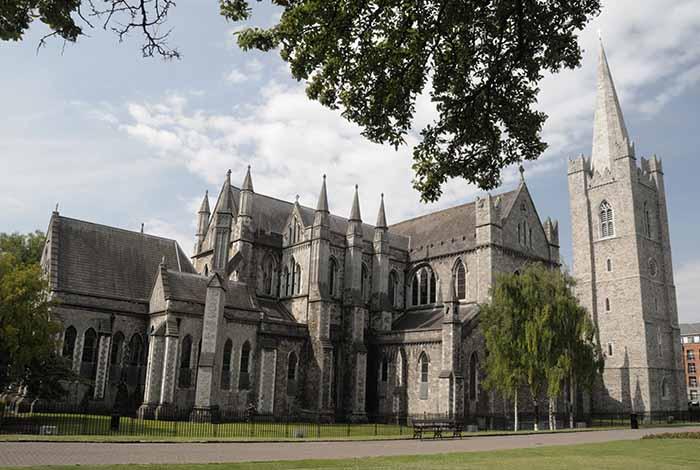
Dublin is built on the mouth of the River Liffey and was originally established as a center for the Viking slave trade. From 1541 to 1800, Ireland became a Kingdom. During the 17th century, Dublin developed rapidly, becoming the second largest city in the British Empire after London. Most of the city’s remarkable architectural works date from this period. In 1801 Ireland was annexed by the Kingdom of Great Britain and thus the United Kingdom of Great Britain and Ireland was formed. The years 1845 to 1849 brought a famine to the country, resulting in the deaths of 500,000 to 1 million Irish people and the migration of many more to Australia, Canada and the United States.
In 1916 the Easter Revolution took place. This was followed by the Irish War of Independence and the Irish Civil War, which left Dublin in ruins. In 1922 Ireland became an independent state and Dublin became its capital. After World War II, the city’s development was slow, but in the 1960s a change was felt and in the years that followed, Dublin experienced great building and economic growth. In 1988, Dublin officially celebrated its 1,000th anniversary.
Dublin tips
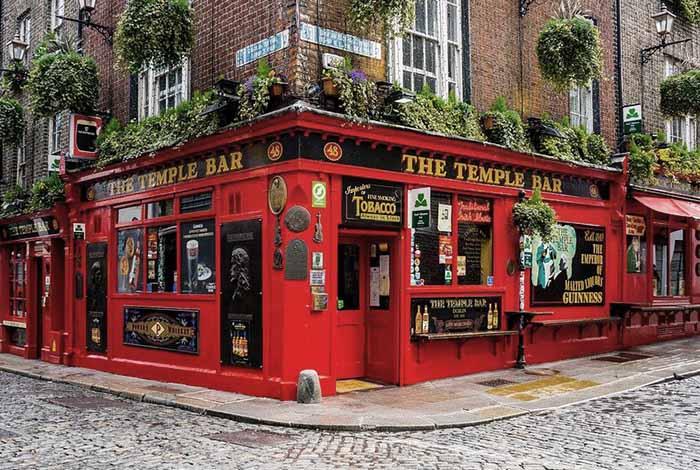
Temple Bar
This is not just a bar, but Dublin’s cultural district. It is a maze of cobbled streets in the city center on the south bank of the River Liffey. After a decade-long renovation program, the area is now full of restaurants, bars and cultural centers.
Τhe Winding Stair
A favorite of bookworms. There is a cute little bookstore on the ground floor, but as soon as you climb the spiral staircase – from where it gets its name – you will find a great restaurant, which serves delicious modern Irish cuisine in large portions. It offers a unique view of the river.
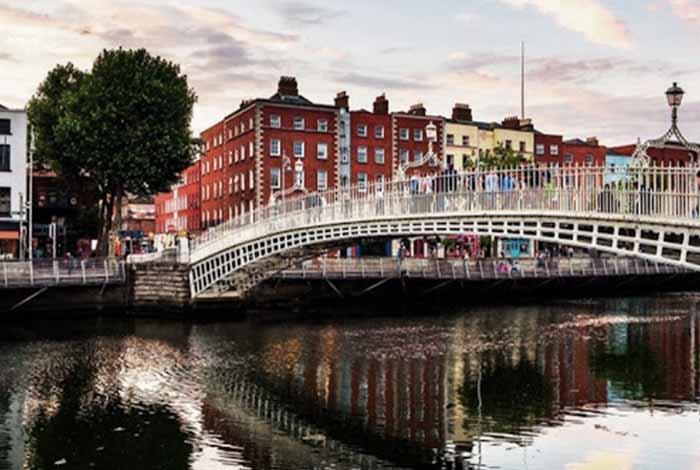
St. Patrick’s Cathedral
Ireland’s largest medieval church was originally just a wooden chapel next to a sacred fountain, where St. Patrick was baptized in 450 BC. In 1213 it became a cathedral. Four centuries later, Cromwell turned the main temple into a stable for his horse, to show his contempt for the Anglican Church.
Café en Seine
In a prominent position on Dawson Street, Between St. Stephen’s and Trinity College, Dublin’s coolest bar dominates. In a retro and French art nouveau style, with sculptures, luxurious lighting, 19th century furniture, a beautiful bar made of wood, marble, and glass.
Phoenix Park
Its name comes from the Celtic phrase «Fionn Uisce» which means «pure water» and refers to a spring that existed there in the past. It is one of the largest parks in the city, in the whole world in fact. It occupies an area of 7,000 acres and is home to the official residence of the President of Ireland, the Dublin Zoo, 18th century homes, gardens, ponds and hundreds of deer.
Its sports facilities include cricket, football and hurling courts (the national sport of the Irish) as well as a racetrack, etc. Here you can also admire Europe’s tallest obelisk, the 63-meter Wellington Monument, the People’s Garden with a history dating back to 1864, lakes and flower beds, and the Visitor Center housed in some old stables. and the wildlife of the park.
St. Stephen’s Green
The Dublin version of St. James Park in London, St. Stephen’s Green, is a true marvel of landscape architecture. Over 90 acres of lawns, bridges, alleys, fountains, statues and playgrounds make up a beautiful scene.
Snugs
A taste of authentic Dublin. The so-called «snugs» are a fascinating feature of some of Dublin’s oldest pubs. They are small, often claustrophobic rooms of varying size that have access into the bar and give privacy from the rest of the bar area, usually in the form of a door. Perfect for gangs, forbidden lovers, secret groups, and literature buffs to hide out.

Outdoor shops
Thirty years ago, Dublin wanted to become London, which is why its people tended to follow the manners and customs of that city. With the country’s accession to the EU and the euro, everything changed. From the mid-1990s, Dublin began to become an increasingly Eurocentric city, hence the emergence of shops that are adapted to another cultural standard, such as cafes, bars and restaurants that usually have outdoor tables.
Dublin Castle
The Castle, built under the command of King John in the early 13th century, still stands haughtily at the top of a strategic site, at the crossroads of the River Liffey and its tributary, the Poddle.
Medieval monasteries
Ireland is a green country, with a special history and tradition, the main feature of which is its beautiful medieval monasteries. The Celts, who had lived on the island since pre-Christian times, had already developed a remarkable culture, which seems to have impressed St. Patrick when he arrived in the country in the second half of the 5th AD. century, as a missionary of Christianity. From that period onwards, there was a strong architectural activity in Ireland. Majestic churches and monasteries, decorated with impressive sculptures and stained glass, are evidence of the country’s cultural development.
Guinness Storehouse
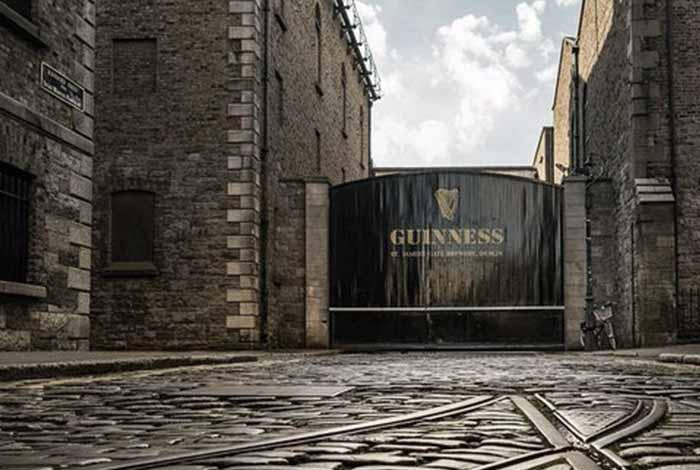
One of Dublin’s top attractions, the Guinness Storehouse, opened in 2000 and has already had many millions of visitors. It spreads over seven floors and, in addition to the tours that immerse the visitor in the history and the process of preparation of the world famous beer, in the impressive Gravity Bar on the top floor you will enjoy a glass of ice cool Guinness with a wonderful view of the city.
- The Irish are a very hospitable people. Do not hesitate to ask them for information about anything. They will be happy to help you, although you may struggle to understand their distrinctive accent. Do not forget to inform them about your origin. Greeks are especially loved in Dublin.
- The population of the metropolitan area is 1,661,185 inhabitants, while of the city itself it’s 505,739, according to the 2006 census.
